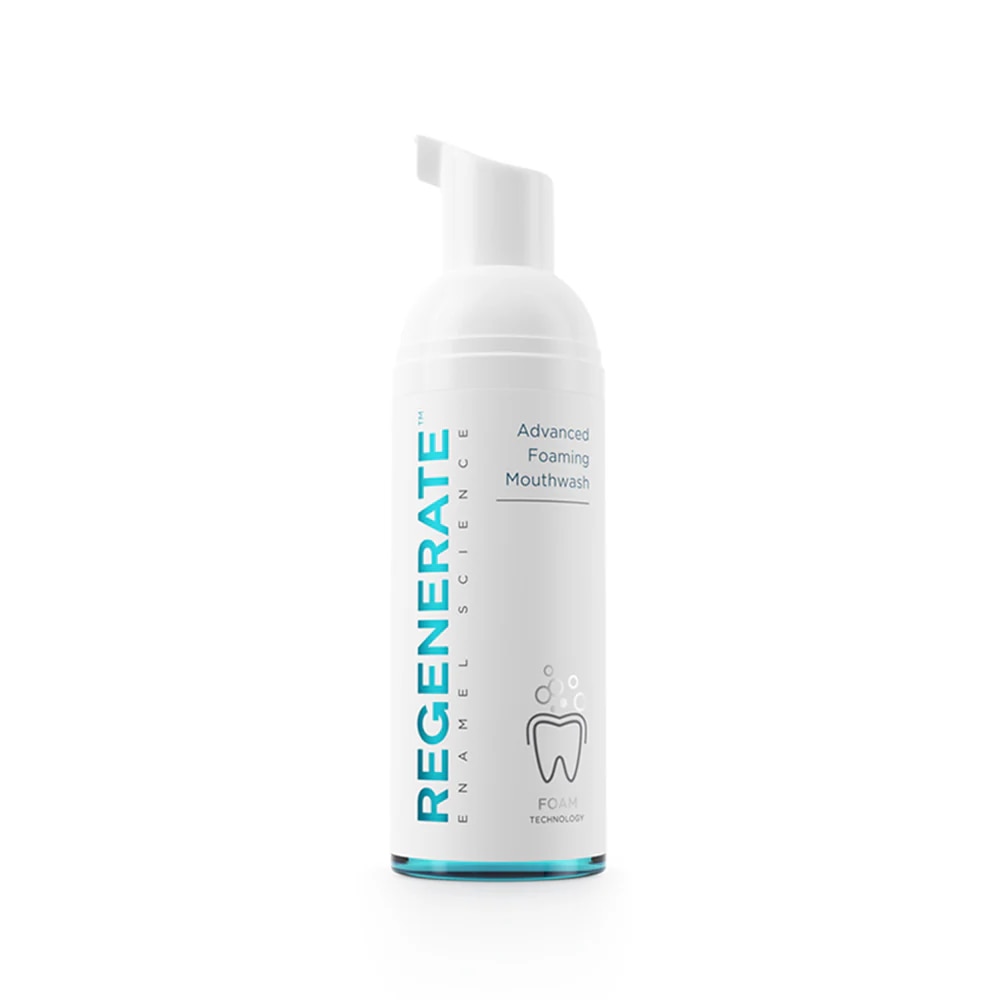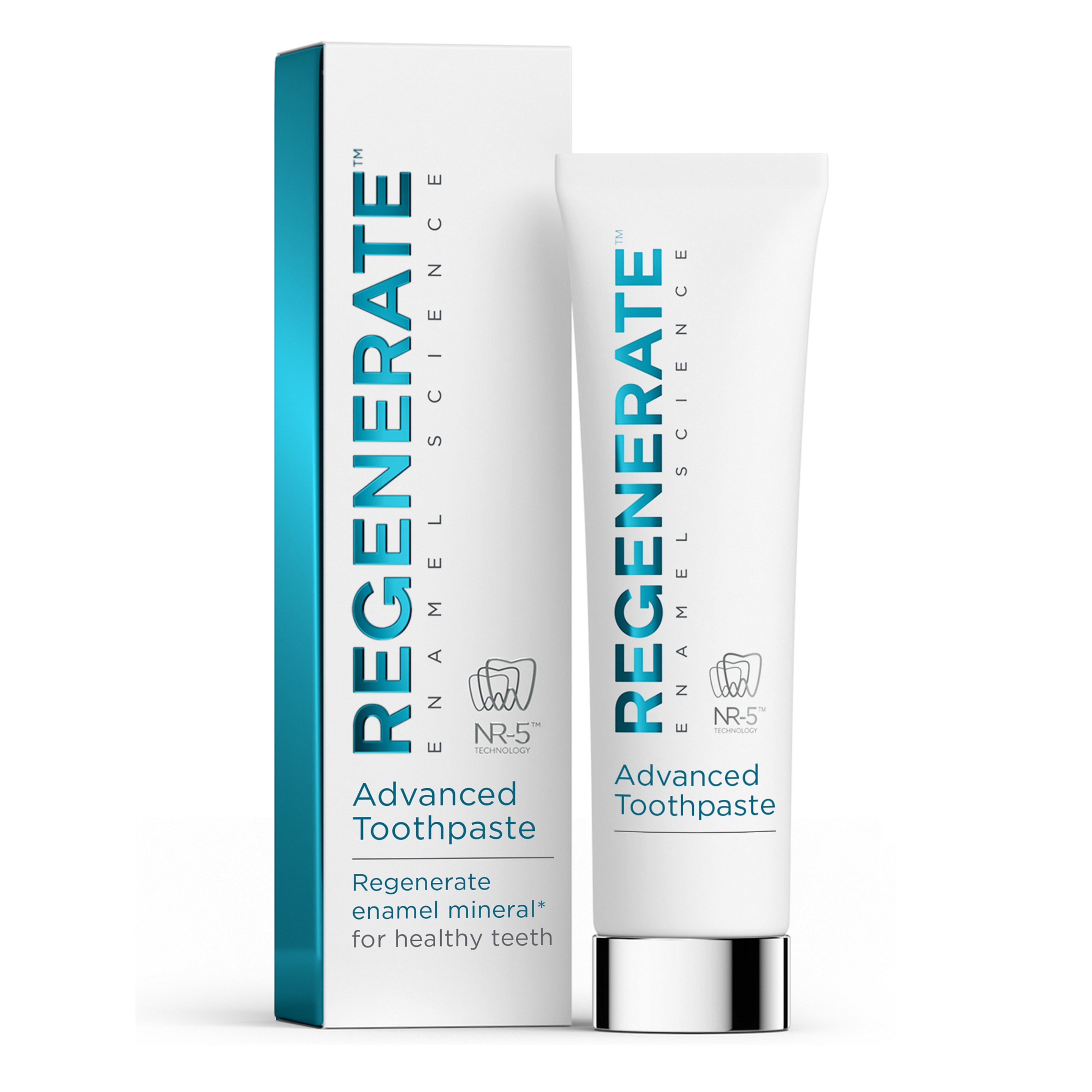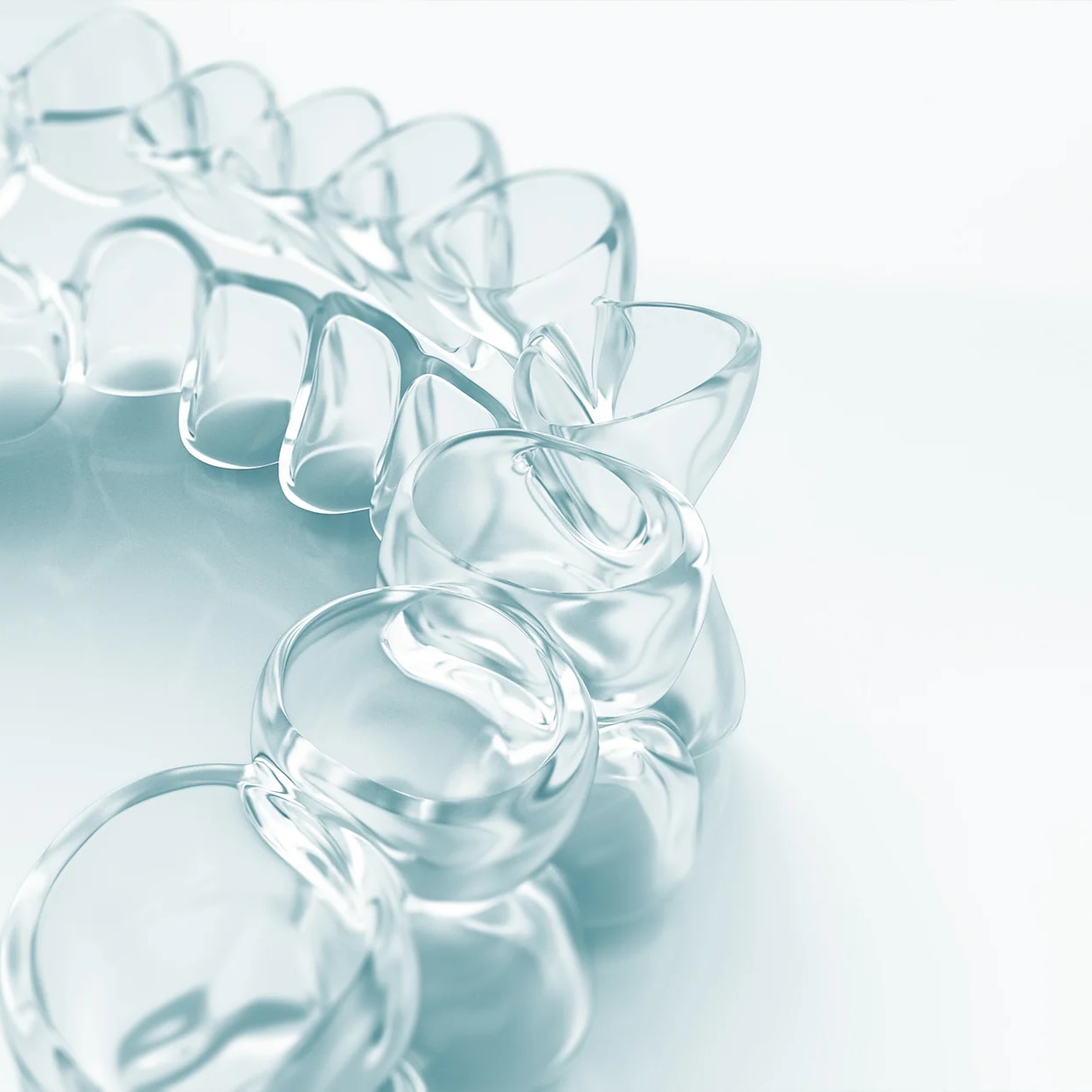Tooth enamel is crucial to the healthy condition of teeth, and so it’s no surprise that thin tooth enamel can be a cause of concern. This article will explain what thin enamel is, what causes it and how you can treat and prevent thin enamel.
What is thin enamel?
Enamel is the white to off-white, visible part of your teeth. It is hard to touch and is designed as the protective, outer layer of your teeth. Thin enamel can be caused by lots of different factors and is a symptom of enamel erosion. This can result in dental problems, and so it is important to consult your dentist if you believe that you have thin or worn-down enamel.
What causes thin enamel?
- Medical conditions
• Celiac disease: Celiac disease can cause poor enamel formation and thin¹, translucent teeth².
• Enamel hypoplasia³: This is a defect of the enamel that occurs while teeth are still developing, and symptoms include white spots, pits, and grooves on the outer surface of the teeth. There are numerous causes, including premature birth, malnutrition, bacterial and viral infections.
• Dry mouth⁴: Xerostomia, commonly known as dry mouth, refers to the condition when salivary glands in your mouth don't make enough saliva to keep your mouth wet and swish away bacteria. This can cause enamel erosion and thin tooth enamel.
- Diet

Many popular foods and drink are very acidic and so can cause enamel erosion and thin enamel, particularly thin enamel on front teeth as this is where there will be a lot of contact with acidic drinks. Common acidic foods and drinks include tea, coffee, fizzy drinks, wine, and sugary foods such as sweets.
What are the symptoms and signs of thin enamel?
If you’re unsure whether you have thin enamel, you should consult your dentist. However, these are some common symptoms of thin enamel:
- If you have thin enamel, teeth may experience sensitivity to hot or cold substances.
- Rough edges on your teeth.
- If you have thin enamel on your front teeth, you may notice shiny spots.
- Increased tooth decay.
- Gradual wearing of enamel, leading to clear, slightly translucent teeth.
How to fix thin enamel: treatments
There are various thinning tooth enamel treatments that your dentist will be able to offer you. Which one your dentist chooses will depend on the health of your enamel, but treatments can include:
- Dental bonding: If the teeth have already suffered too much damage, dental boding may be required as part of the thin enamel treatment. It restores the shape and silhouette to a tooth that has insufficient enamel using synthetic resin. It is painless and can be done in one sitting.
- Veneers: Dental veneers are another possible treatment for thinning tooth enamel treatment. Veneers are usually carried out on front teeth and work by improving the shape, size and colour of patients’ teeth¹.
How to prevent thin enamel

Once your enamel is worn away, it cannot be returned, and so preventing damaged and thin enamel is vital. Here are some tips to help prevent thin enamel:
- Changing your eating and drinking habits: Avoiding acidic food and drinks is crucial in preventing thin enamel teeth as this will prevent erosion.
- Use a straw: Using a straw helps avoid contact between your teeth and potentially damaging substances such as coffee and soda.
- Consuming more calcium: Calcium is the most abundant mineral in the body, with 99% of calcium stored in the bones and teeth⁵. Consuming more calcium therefore helps to prevent thin enamel.
- Using a toothpaste designed to strengthen enamel: Using a toothpaste specifically designed to help build up strong enamel is a great way to keep your teeth strong and healthy. REGENERATE Enamel Science™ toothpaste contains the exclusive and clinically proven NR-5™ technology. NR-5™ is able to regenerate tooth enamel mineral*, reversing the early enamel erosion process, keeping teeth healthy and strong.
- Gentle brush strokes: When brushing your teeth, it’s important to gently brush the teeth in circular motions to cause damage and thinning to your enamel. Using a soft-bristled toothbrush will help prevent damage as well.
With these tips, you can help look after your enamel and protect your smile.
*Acts on early invisible stages of enamel erosion by restoring its mineral content and micro hardness with regular use. Clinically proven.
The advice in this article does not constitute medical advice; it is solely available for information purposes. We recommend that you consult your dentist If you are experiencing any dental problems.
Sources:
1 Celiac Disease Foundation – Oral Health
2 National Institutes of Health – Enamel Defects and Celiac Disease
- slide 1
- slide 2
- slide 3









